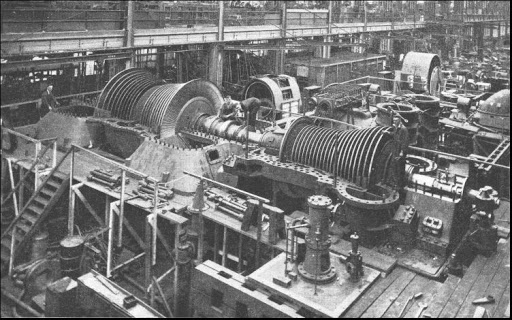

By the end of this course delegates will be able to:
Electrical Engineers, Power Generation Engineers, Power System Protection Engineers, Process Control Engineers & Personnel, Electrical and Instrumentation Technicians & Design Engineers, Maintenance Technicians & Supervisors, Plant Operators & Technicians, Oil & Gas Industry Personnel
CDGA attendance certificate will be issued to all attendees completing a minimum of 80% of the total course duration.
| Code | Date | Venue | Fees | Register |
|---|---|---|---|---|
| EE134-01 | 08-02-2026 | Doha | USD 5450 | |
| EE134-02 | 11-05-2026 | Rome | USD 6950 | |
| EE134-03 | 09-08-2026 | Dubai | USD 5450 | |
| EE134-04 | 08-11-2026 | Muscat | USD 5450 |

Upon completion of this course, participants will gain a basic understanding of the main components and subsystems of gas turbine systems, steam power plants, co-generation, and combined cycle plants. ...
Providing services with a high quality that are satisfying the requirements
Appling the specifications and legalizations to ensure the quality of service.
Best utilization of resources for continually improving the business activities.
CDGA keen to selects highly technical instructors based on professional field experience
Since CDGA was established, it considered a training partner for world class oil & gas institution
3012, Block 3, 30 Euro Business Park, Little Island, Co. Cork, T45 V220, Ireland
Mon to Fri 09:00 AM to 06:00 PM
Contact Us anytime!
Request Info